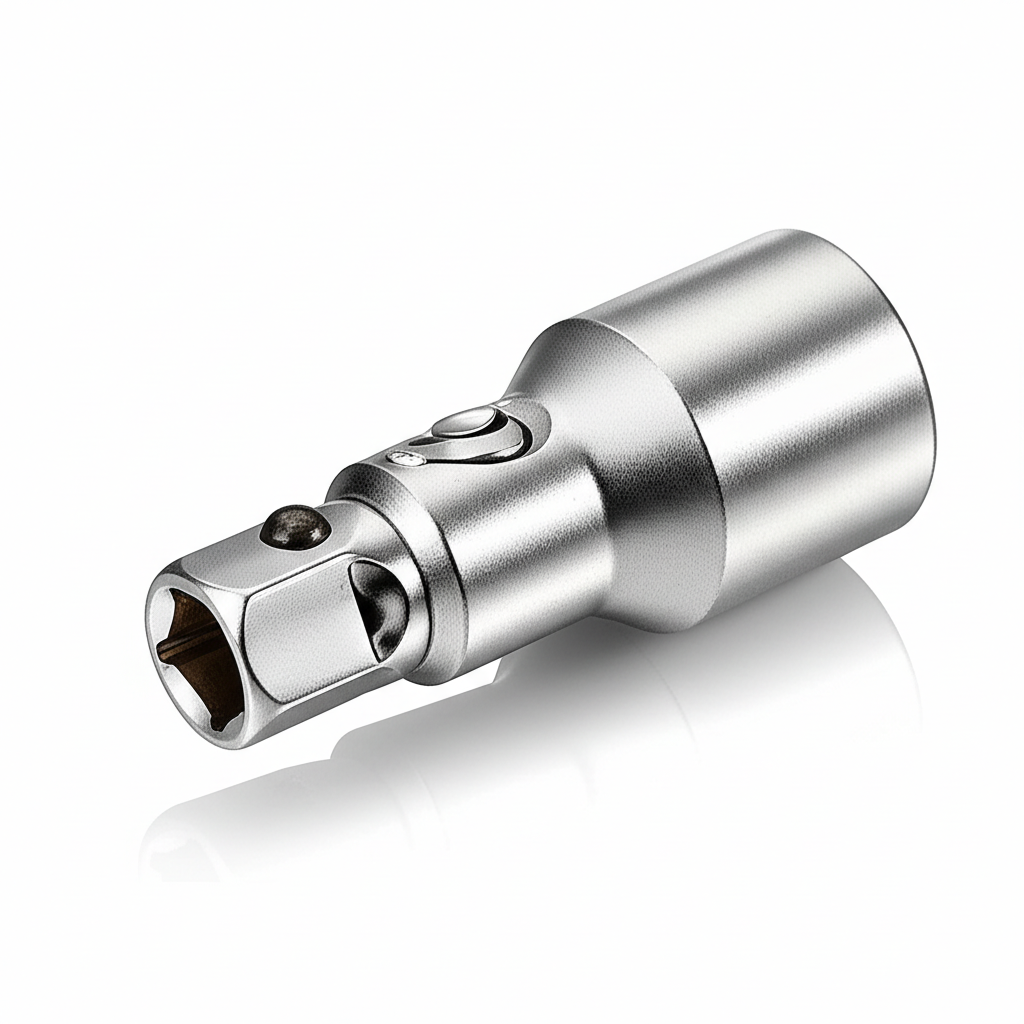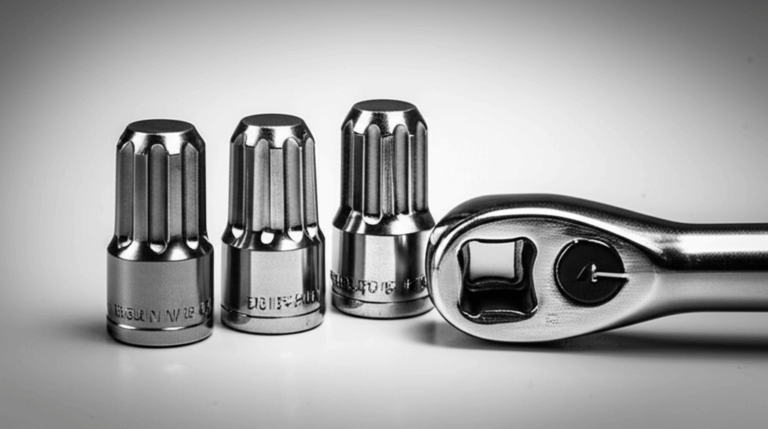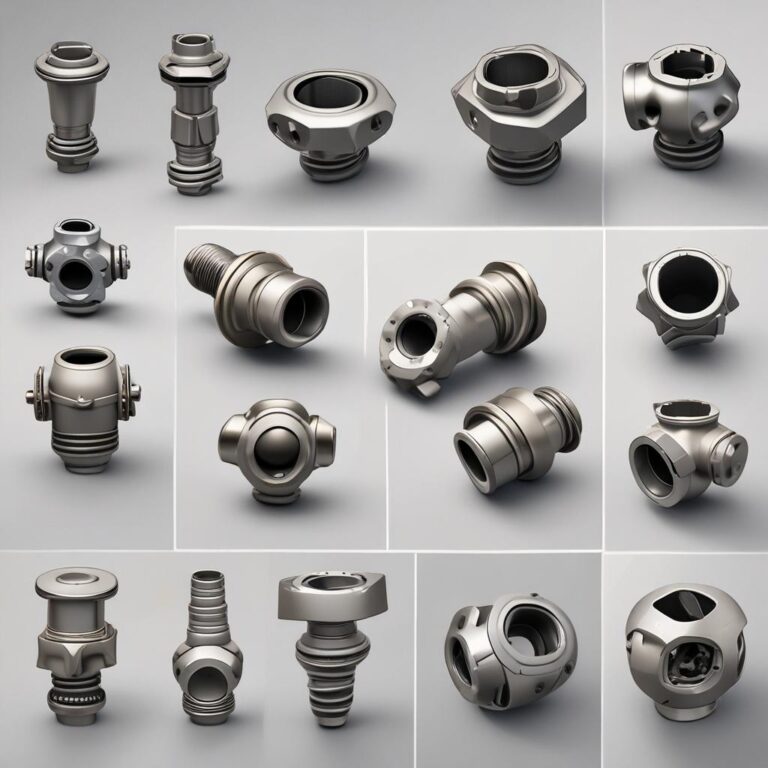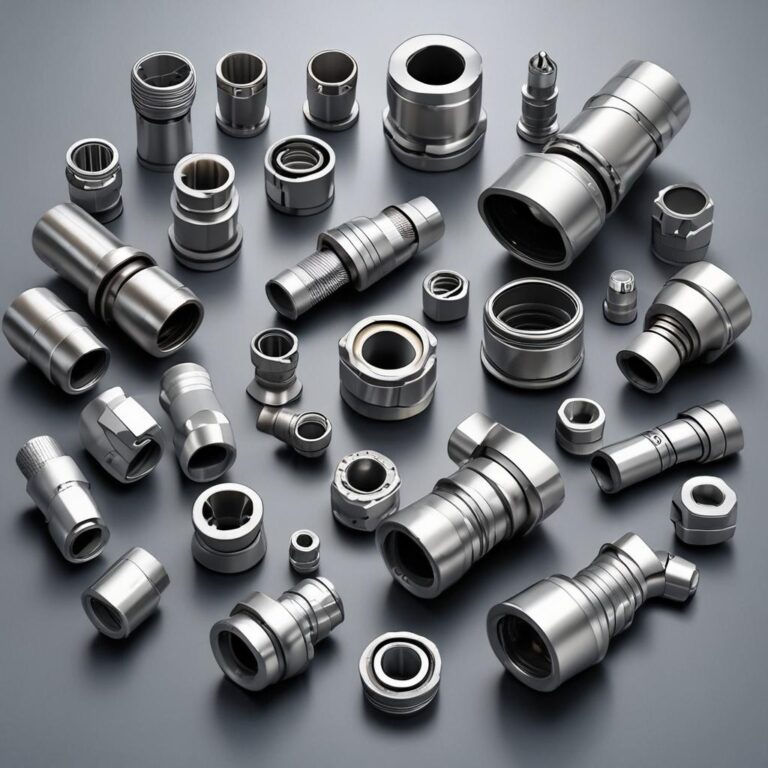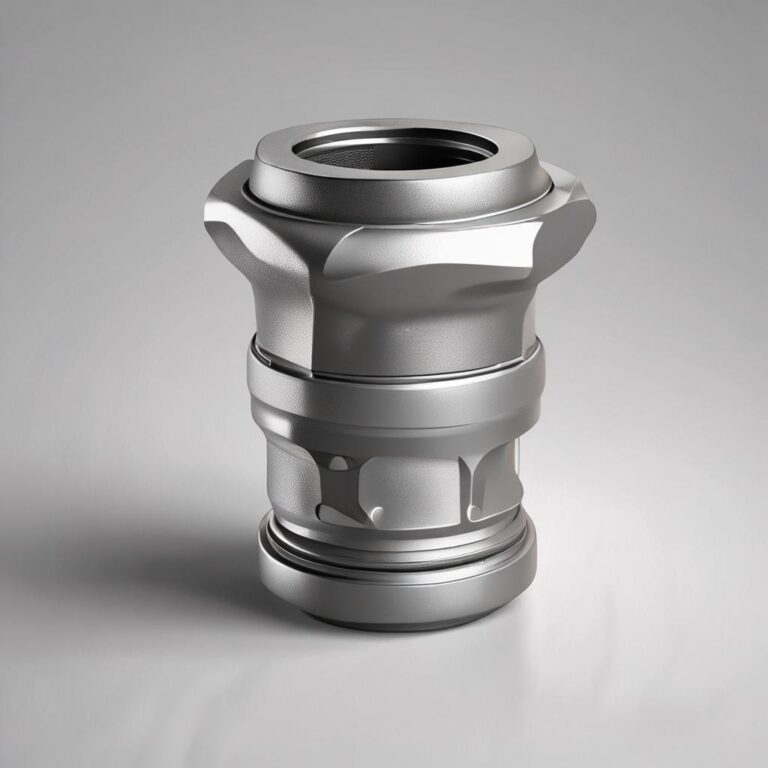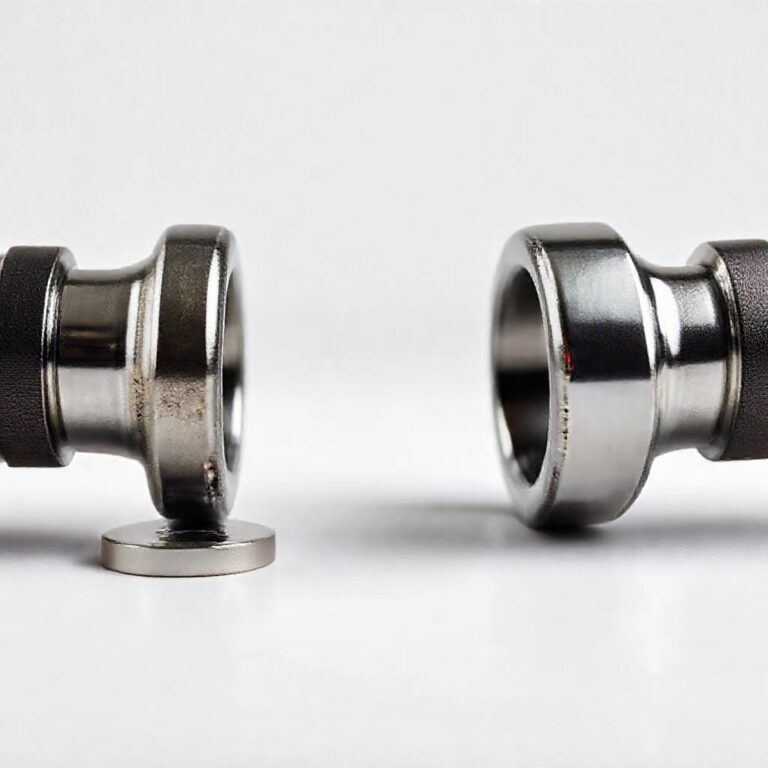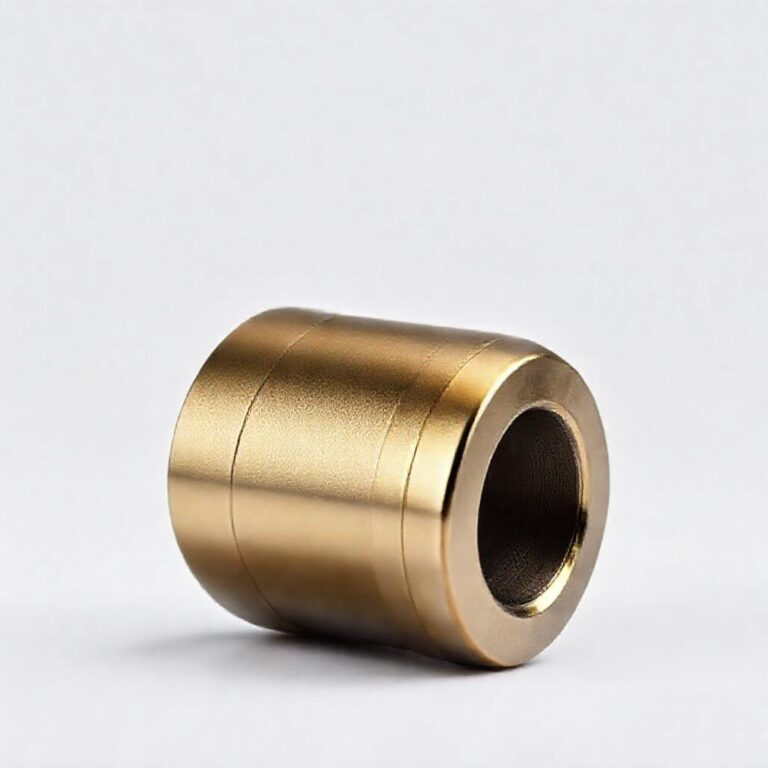Universal Joint Socket Adapter
When working on intricate mechanical repairs or tight spaces, having the right tools can make all the difference. One such indispensable tool is the universal joint socket adapter, a versatile component that enhances accessibility and precision in various applications. From automotive repairs to industrial maintenance, this adapter allows professionals and DIY enthusiasts alike to tackle challenging tasks with ease. Understanding its functionality, benefits, and proper usage can significantly improve efficiency and safety in any workshop or job site.
What Is a Universal Joint Socket Adapter?
A universal joint socket adapter is a mechanical tool that connects a socket to a ratchet or extension, allowing flexible movement at various angles. Unlike standard rigid extensions, this adapter features a swiveling joint that enables rotation in multiple directions, making it ideal for accessing bolts in confined or awkwardly angled spaces.
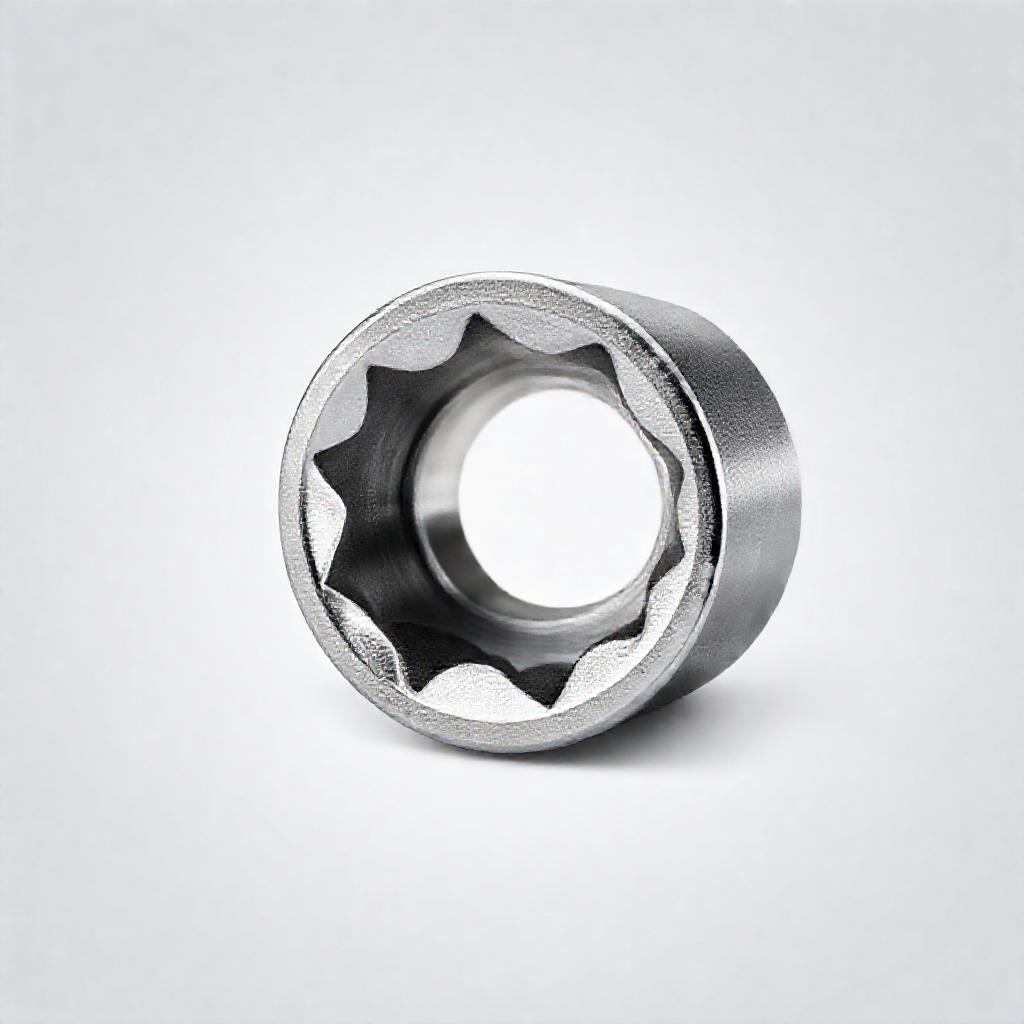
Manufactured from durable materials like chromed steel or high-grade alloys, these adapters are designed to withstand heavy torque and prolonged use. The universal joint mechanism ensures smooth operation while maintaining stability, even under high-pressure conditions.
How Does a Universal Joint Socket Adapter Work?
At the core of this tool is the universal joint, a mechanical linkage that transmits rotational force while accommodating angular misalignment. This joint consists of two yokes connected by a cross-shaped component, allowing the adapter to pivot in all directions. When attached to a socket, it enables the user to adjust the angle dynamically, ensuring precise engagement with fasteners in tight or oblique spaces.
Compared to rigid extensions, universal joint adapters offer superior flexibility, reducing the need for excessive force or awkward hand positioning. This feature not only enhances comfort but also minimizes the risk of stripped bolts or damaged threads.
Key Features and Benefits
Features table for Key Features and Benefits
Flexibility and Maneuverability
One of the standout advantages of a universal joint socket adapter is its ability to navigate tight spaces. The swiveling joint allows users to reach bolts at awkward angles, such as under vehicle chassis, inside engines, or behind machinery components.
This adaptability makes it an essential tool for automotive technicians, HVAC installers, and industrial maintenance crews who frequently encounter restricted work environments.
Durability and Strength
Constructed from high-quality materials, these adapters are built to last. Chromed steel and alloy versions resist corrosion, wear, and impact damage, ensuring long-term reliability. Additionally, their robust design handles high torque loads without bending or breaking, providing consistent performance across demanding tasks.
Versatility in Applications
Universal joint socket adapters are used across various industries, including:
-
Automotive: Engine repairs, suspension work, and chassis maintenance
-
Plumbing: Tightening fittings in hard-to-reach pipes
-
HVAC: Installing ductwork and securing components
-
Industrial: Machinery assembly and equipment servicing
Types of Universal Joint Socket Adapters
Standard vs. Heavy-Duty Models
Standard adapters are suitable for light to moderate tasks, such as home repairs or routine maintenance. Heavy-duty versions, on the other hand, are engineered for rugged environments, offering higher load capacities and reinforced joints for industrial use.
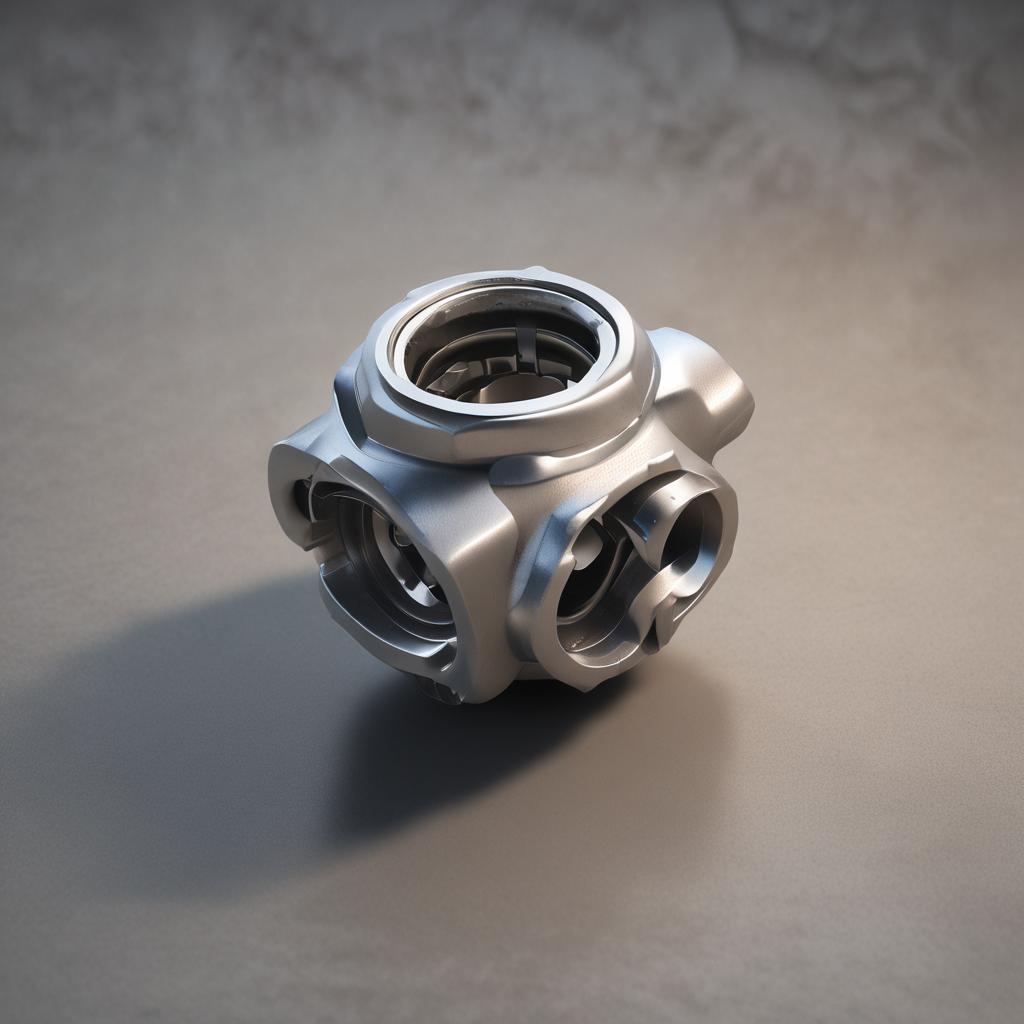
Fixed vs. Adjustable Joints
Fixed-angle adapters maintain a set pivot range, ideal for tasks requiring consistent alignment. Adjustable joints, however, allow for dynamic movement, providing greater flexibility in complex scenarios. The choice between the two depends on the specific application and user preference.
How to Choose the Right Universal Joint Socket Adapter
Factors to Consider
When selecting an adapter, consider:
-
Socket size compatibility (SAE or metric)
-
Drive size (1/4″, 3/8″, 1/2″, or 3/4″)
-
Material quality and brand reputation
Top Brands and Recommendations
Leading brands like Snap-on, Milwaukee, and Craftsman offer high-performance options, while budget-friendly choices from brands like Bosch or TEKTON provide reliable alternatives for occasional use.
Maintenance and Care Tips
To prolong the lifespan of a universal joint socket adapter:
-
Clean regularly to remove debris and grease
-
Apply lubrication to moving parts to prevent friction
-
Inspect for cracks or excessive wear before use
-
Store properly to avoid damage
Common Issues and Troubleshooting
Issues like loose joints or slipping adapters can often be resolved by tightening components or replacing worn parts. Stuck adapters may require gentle tapping or penetrating oil for release.
DIY Projects and Professional Uses
From home repairs to industrial applications, this tool streamlines tasks like bicycle assembly, furniture maintenance, and machinery servicing. Professionals benefit from its efficiency in confined spaces, while hobbyists appreciate its versatility in personal projects.
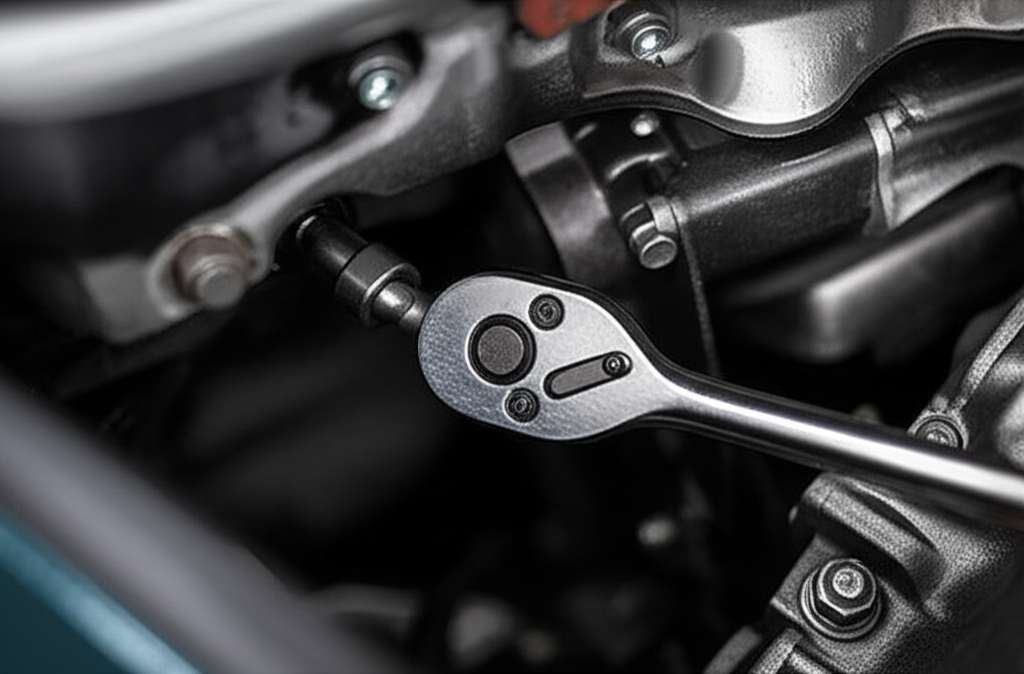
Conclusion
The universal joint socket adapter is an invaluable tool for anyone working with mechanical fasteners. Its flexibility, durability, and versatility make it a must-have for both professionals and DIY enthusiasts. By selecting the right model and maintaining it properly, users can ensure optimal performance for years to come.
FAQ: Frequently Asked Questions
Q1: Can a universal joint socket adapter replace a ratcheting wrench?
While both tools provide flexibility, a universal joint adapter is specifically designed for use with sockets, whereas a ratcheting wrench offers a more compact solution for certain tasks. They serve complementary purposes.
Q2: Are universal joint socket adapters compatible with impact drivers?
Using them with impact drivers is possible but riskier due to the high torque. Always check the manufacturer’s guidelines and opt for heavy-duty adapters if necessary.
Q3: How do I know if my universal joint is too worn out to use?
Signs of wear include excessive play, misalignment, or difficulty in rotation. Replace the adapter if these issues compromise its functionality.
Q4: Can I use a universal joint adapter for overhead work?
Yes, but ensure proper support and ergonomic positioning to prevent strain or injury. Safety should always be a priority.
Q5: What’s the difference between a universal joint and a ball joint adapter?
A universal joint offers multi-directional rotation, while a ball joint provides a single pivot point. The choice depends on the required range of motion for the task.

